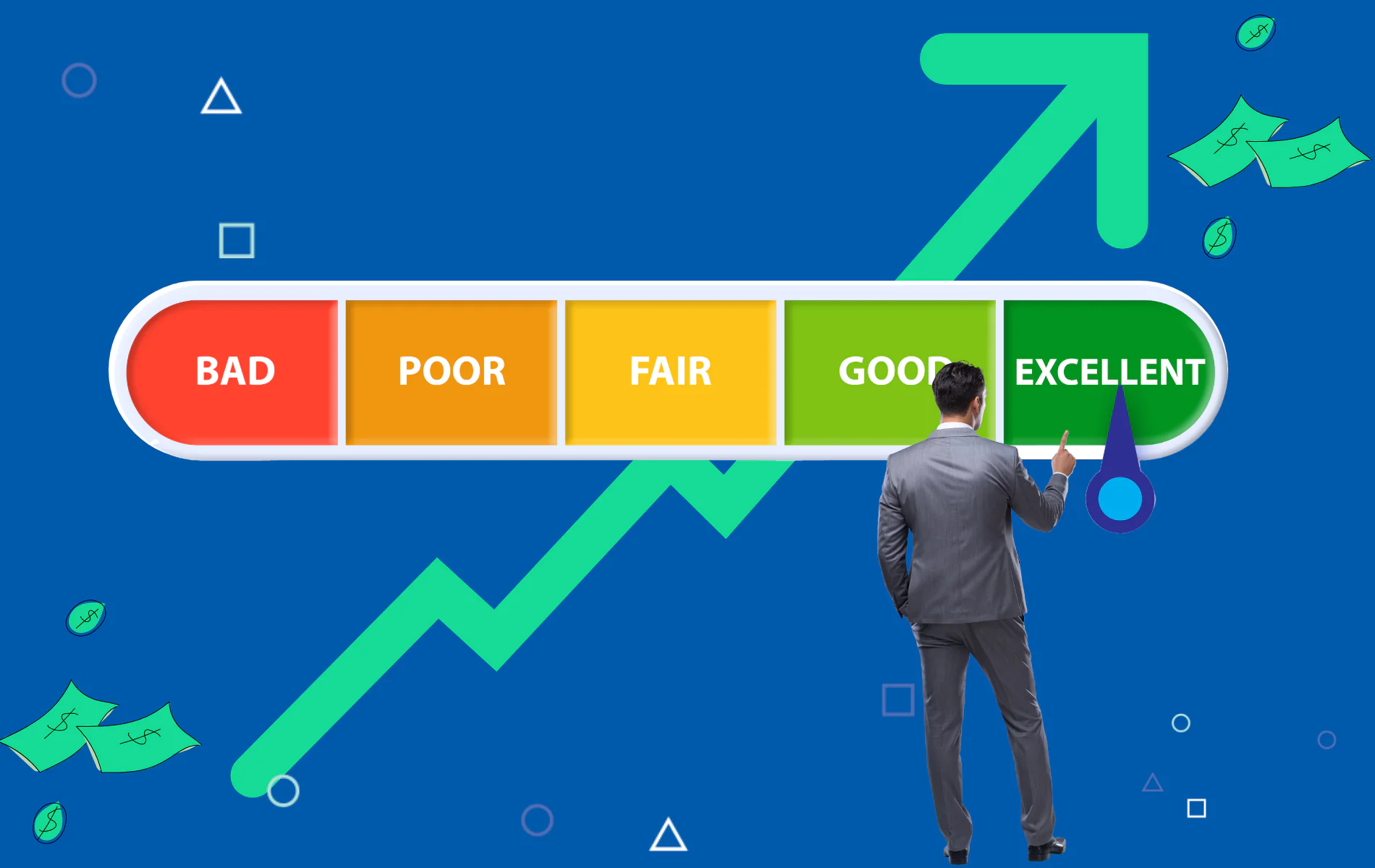Creating an emergency fund is a critical step in achieving financial stability and peace of mind. An emergency fund acts as a financial safety net, protecting you from unexpected expenses such as medical bills, car repairs, or job loss. Here’s a step-by-step guide to building an emergency fund successfully.
1. Set a Clear Goal
The first step in building an emergency fund is to determine how much you need to save. Financial experts typically recommend setting aside three to six months’ worth of living expenses. This amount should cover essential costs like rent, utilities, groceries, and insurance. By setting a clear savings goal, you’ll have a target to work towards, making it easier to stay motivated.
2. Assess Your Current Financial Situation
Before you start saving, take a close look at your current financial situation. Review your income, expenses, and any existing savings. Understanding your cash flow will help you identify areas where you can cut back and allocate more funds to your emergency savings. Use budgeting tools or apps to track your spending and find opportunities to save.
3. Create a Budget and Stick to It
Building an emergency fund requires discipline and consistent savings. Create a budget that prioritizes your emergency fund contributions. This might involve reducing discretionary spending, such as dining out or entertainment. By sticking to your budget, you can steadily increase your savings without feeling overwhelmed.
4. Automate Your Savings
One of the most effective ways to build an emergency fund is to automate your savings. Set up automatic transfers from your checking account to a dedicated savings account each month. This approach ensures that you consistently contribute to your emergency fund without having to think about it. Automating your savings also reduces the temptation to spend money that should be saved.
5. Start Small and Build Gradually
If saving a large sum seems daunting, start small and gradually increase your contributions. Even if you can only save a small amount each week or month, it adds up over time. As you get more comfortable with saving, try to increase the amount you set aside. Remember, the key is consistency, not the size of each contribution.
6. Reduce Debt While Saving
If you have existing debt, it’s important to balance debt repayment with building your emergency fund. High-interest debt, like credit card balances, can quickly erode your financial security. Consider using a portion of your disposable income to pay down debt while still contributing to your emergency fund. Once your debt is more manageable, you can focus on increasing your savings.
7. Keep Your Emergency Fund Accessible
Your emergency fund should be easily accessible in case of an urgent financial need. A high-yield savings account is a good option, as it offers liquidity and earns interest over time. Avoid investing your emergency fund in stocks or other volatile assets, as you may need immediate access to the funds without the risk of losing value.
8. Avoid Dipping into Your Emergency Fund
It’s essential to use your emergency fund only for true emergencies. Non-essential purchases or vacations should not be funded from your emergency savings. If you find yourself frequently dipping into your emergency fund, reassess your budget and spending habits to prevent depleting your savings.
9. Review and Adjust Regularly
Your financial situation may change over time, so it’s important to review and adjust your emergency fund goals regularly. Life events such as a job change, a new family member, or a significant expense might require you to increase your emergency fund. Periodically reassess your savings to ensure that it aligns with your current needs.
10. Celebrate Milestones
Building an emergency fund takes time and effort, so it’s important to celebrate your progress. Recognize the milestones you achieve, such as reaching your first $1,000 in savings or covering one month of living expenses. Celebrating these successes will help you stay motivated and committed to your financial goals.
Conclusion
Building an emergency fund successfully requires clear goals, disciplined saving, and consistent effort. By following these steps and making saving a priority, you can create a financial cushion that provides security and peace of mind in the face of unexpected challenges.









